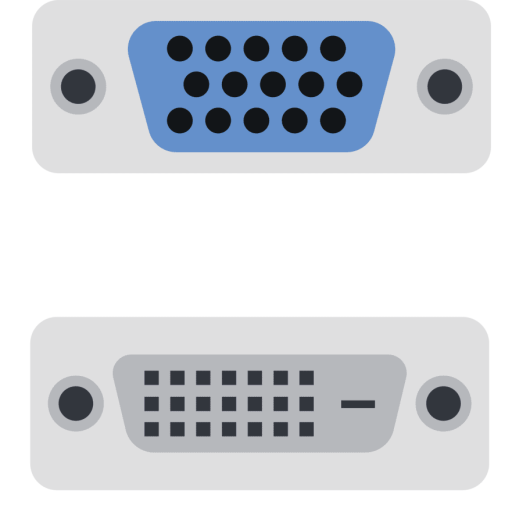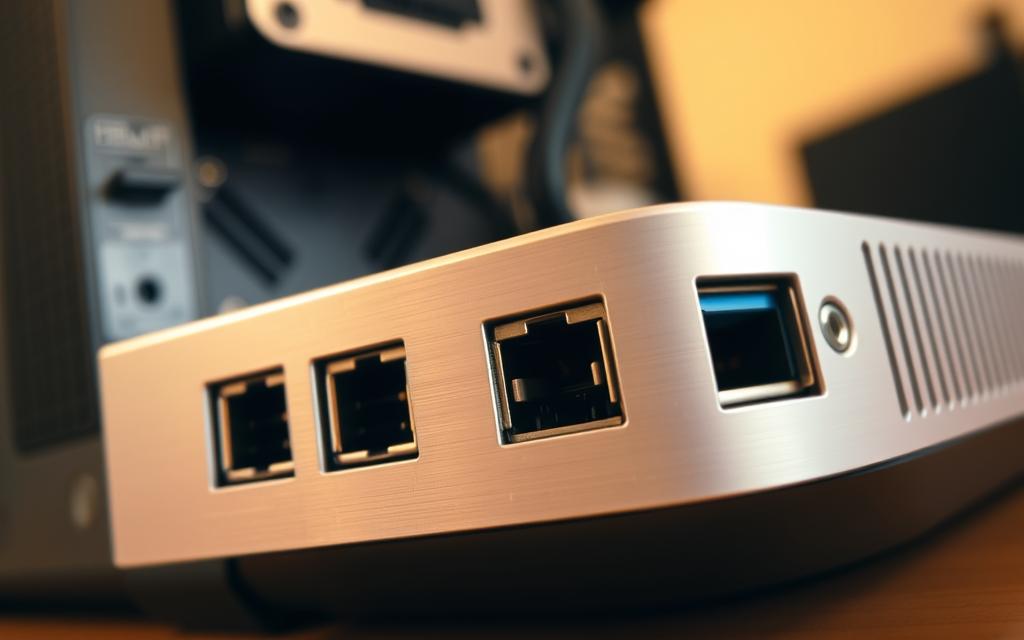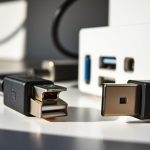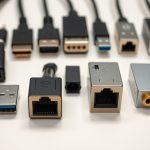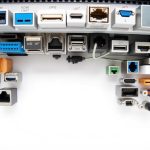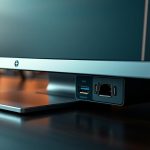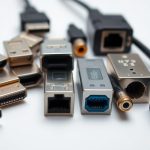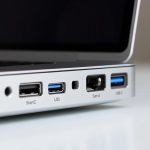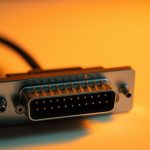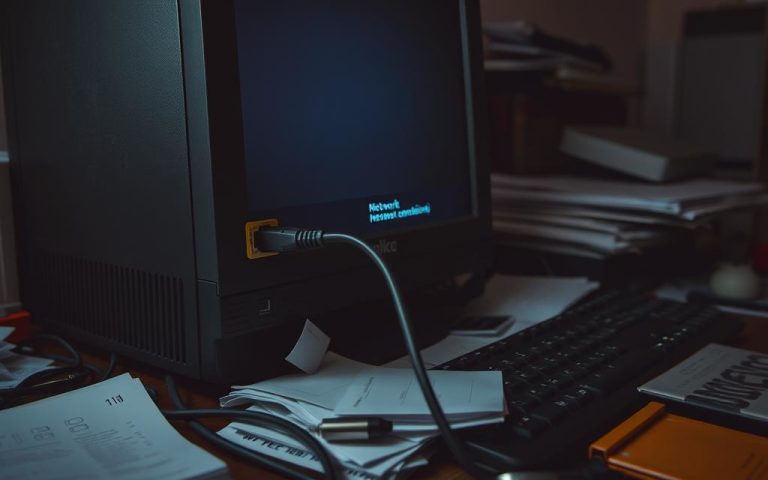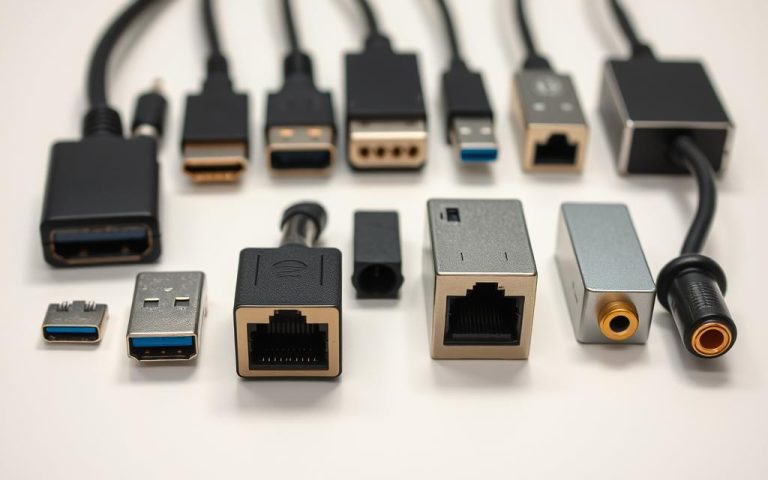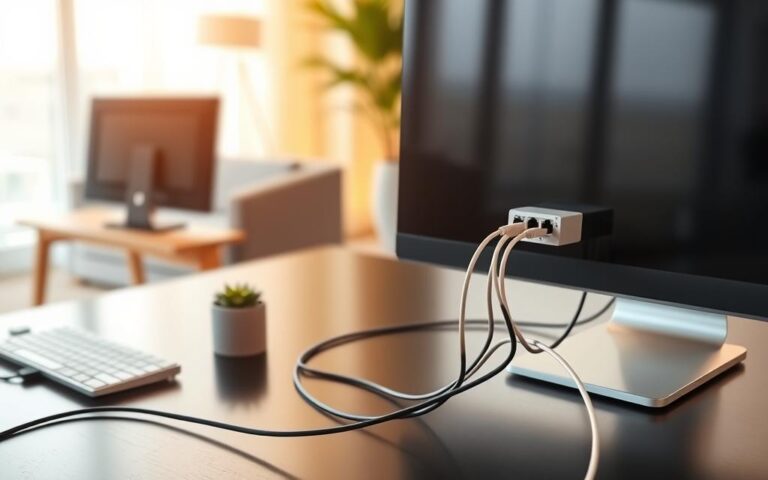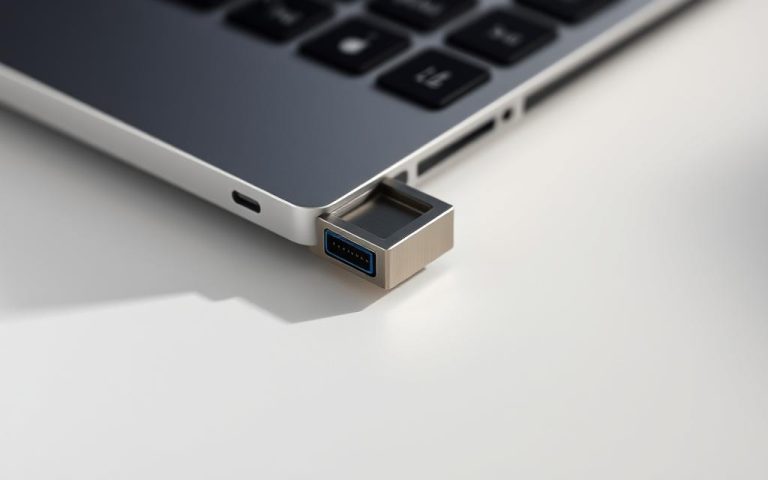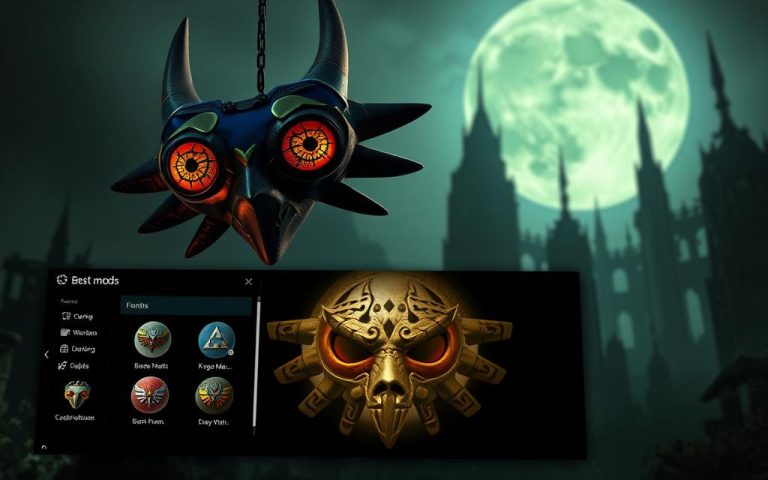PC USB Ports Not Working? Step-by-Step Fix
USB ports are crucial components of modern computers, enabling users to connect various devices such as printers, cameras, and smartphones. These ports facilitate quick data transfer and convenient charging. Ensuring that your USB ports function correctly is vital for maintaining productivity and device compatibility.
When USB ports stop working, it can significantly impact your ability to perform everyday computing tasks. This comprehensive guide will walk you through a systematic approach to diagnosing and fixing USB port issues on your computer. By following our step-by-step instructions, you’ll be able to resolve most issues without needing professional technical assistance.
Understanding USB Port Issues
Understanding the intricacies of USB port issues is crucial for effective troubleshooting. USB ports are a vital part of modern computing, enabling the connection of various peripherals and the transfer of data.
Common Symptoms of USB Port Failure
USB port failure can manifest in several ways, including devices not being detected, intermittent connections, or devices being recognised but not functioning properly. Common symptoms include error messages when connecting devices, inability to transfer data, and devices not receiving power. Identifying these symptoms is key to diagnosing the issue. Some common signs of USB port failure include:
- USB devices not being recognised by the computer
- Intermittent connections or devices disconnecting randomly
- Error messages when attempting to transfer data
- Devices not receiving power from the USB port
Why USB Ports Matter for Your PC
USB ports are fundamental to modern computing, providing standardised connections for thousands of peripherals and accessories. Beyond simple connectivity, USB ports enable data transfer, device charging, and serve as connection points for essential input devices like keyboards and mice. The Universal Serial Bus (USB) standard has evolved significantly, offering increased speed and functionality. With the increasing number of USB devices available, having functional USB ports is crucial for productivity, data transfer, and charging.
Before You Begin: Quick Troubleshooting Steps
When dealing with USB port issues, it’s essential to start with some basic troubleshooting steps before diving into more complex solutions. These initial checks can often resolve the problem, saving time and effort. By following these steps, you can identify and potentially fix the issue.
Check Physical Connections and Different Ports
First, ensure that the USB device is properly connected to the computer. Try using a different USB port to rule out issues with a specific port. This simple step can often resolve connectivity problems.
Restart Your Computer
A simple restart can resolve many temporary USB issues by clearing the system memory and reloading all drivers. This step can fix communication problems between the operating system and USB controllers.
Check for Malware and Viruses
Malware and viruses can interfere with USB functionality. Running a comprehensive system scan using Windows Defender or third-party security software is an essential early troubleshooting step. This can help identify and remove any malicious software affecting your USB ports.
Remove Write Protection from USB Devices
Some USB devices have write protection enabled, which can prevent proper functionality. Checking for physical write-protection switches on the device or using software tools to remove write protection can quickly resolve these issues. For USB drives, encryption or write-protection can be removed using the DiskPart utility.
| Troubleshooting Step | Description | Potential Issue Resolved |
|---|---|---|
| Check Physical Connections | Ensure the USB device is properly connected | Loose or faulty connections |
| Try Different USB Ports | Use a different USB port on your computer | Issues with a specific USB port |
| Restart Computer | Restart your computer to clear system memory | Temporary USB issues |
| Check for Malware | Run a comprehensive system scan | Malware or virus interference |
| Remove Write Protection | Check for and remove write protection on USB devices | Write protection preventing functionality |
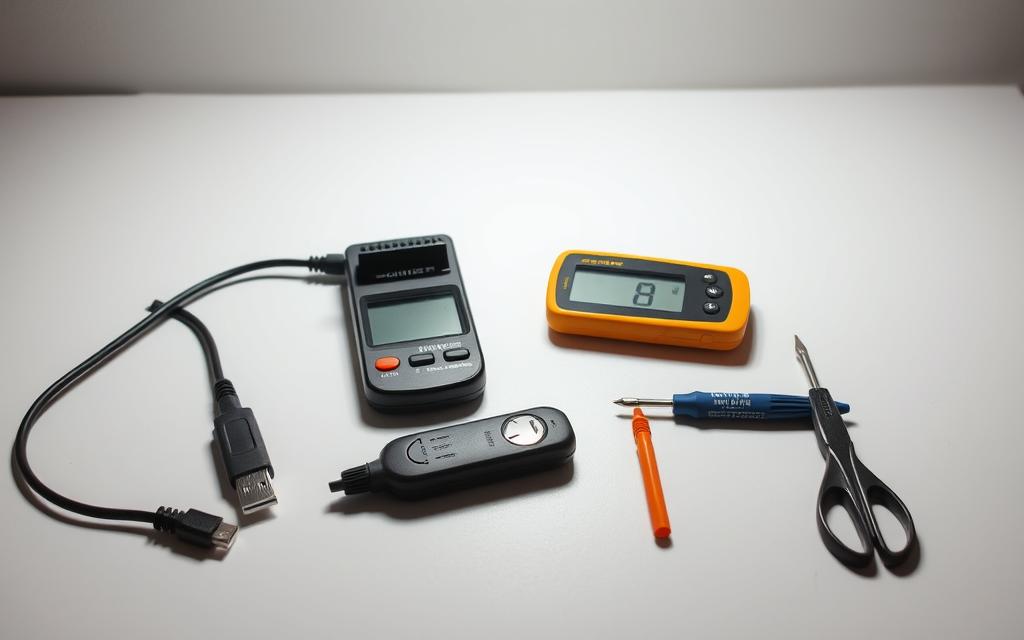
By attempting these preliminary steps, you can resolve approximately 60% of all USB port issues. If the problem persists, further troubleshooting will be necessary.
Fixing PC USB Ports Not Working Through Device Manager
Device Manager is a built-in Windows tool that can help you troubleshoot and fix USB port issues. It serves as the central hub for managing hardware and drivers, making it an essential component in resolving USB connectivity problems.
Accessing Device Manager in Windows
To access Device Manager, you can type it into the taskbar’s search box and click on it. Alternatively, you can right-click the Start button or press Windows+X and select Device Manager from the menu. This flexibility makes it easy to access, regardless of your Windows version.
Updating USB Drivers Manually
Outdated or corrupted USB drivers often cause USB ports to malfunction. To update your USB drivers manually, expand the “Universal Serial Bus controllers” section in Device Manager, right-click on each USB controller, and select “Update driver.” You can then choose to search automatically for drivers or browse your computer for driver software you’ve downloaded.
Uninstalling and Reinstalling USB Controllers
For more persistent issues, uninstalling USB controllers and then allowing Windows to reinstall them upon restart can be effective. This process clears corrupted driver files and resets the USB subsystem. To do this, right-click on each USB controller in Device Manager and select “Uninstall device,” then restart your PC.
Scanning for Hardware Changes
The “Scan for hardware changes” function in Device Manager forces Windows to detect and configure any newly connected or previously problematic USB devices. This can often resolve issues with USB ports not working by re-initialising the connection.
After making any driver changes in Device Manager, it’s essential to restart your computer to ensure the new driver configurations take effect properly. By following these steps, you can effectively troubleshoot and fix USB port issues using the Device Manager.
Advanced USB Port Troubleshooting Methods
When basic troubleshooting steps fail to resolve USB port issues, it’s time to delve into advanced methods. These techniques involve deeper system adjustments and configurations to address persistent problems.
Adjusting Power Management Settings
Power management settings can often cause USB ports to stop working as Windows may disable them to conserve energy. To prevent this, adjust the power management settings through the Device Manager. To do this, press Win + R, type devmgmt.msc, and navigate to Universal Serial Bus controllers. For each USB Root Hub, right-click, select Properties, and uncheck “Allow the computer to turn off this device to save power” in the Power Management tab.
Using Windows Update to Fix Driver Issues
Windows Update can automatically find and install the latest USB drivers, resolving compatibility issues that cause port failures. To update drivers via Windows Update, launch the Settings app, navigate to Windows Update, click on “Advanced options,” and then select “Optional updates.” Choose the desired driver update and click “Download & install.”
Checking BIOS Settings for USB Support
The BIOS contains fundamental settings for USB functionality. Accessing BIOS settings during startup and ensuring USB support is enabled can resolve deep-level USB issues. The process to access BIOS settings varies by manufacturer, so it’s essential to consult your computer’s documentation.
Running Windows Troubleshooter
Windows includes a built-in troubleshooter for hardware and device problems, which can automatically detect and fix common USB port issues. To run the troubleshooter, navigate to the Settings app, select “Update & Security,” and then choose “Troubleshoot.” From there, select “Hardware and Devices” and follow the prompts.
By applying these advanced troubleshooting methods, you can effectively resolve complex USB port issues that basic troubleshooting couldn’t fix.
Resolving Specific USB Port Problems
The diverse range of USB ports, from USB 2.0 to USB-C, means that troubleshooting requires a tailored strategy. Different types of USB ports often require specific troubleshooting approaches as they utilise different controllers and drivers within the system.
USB3.0 Ports Not Working
USB3.0 ports, recognisable by their blue colour, commonly experience compatibility issues with older devices. Installing specific USB3.0 drivers from your motherboard manufacturer’s website can resolve these problems. Ensuring your drivers are up-to-date is a crucial step in troubleshooting USB3.0 port issues.
USB-C Port Issues
USB-C ports, being the newest standard, frequently encounter issues related to driver compatibility and power delivery. Ensuring you have the latest chipset drivers is particularly important for these ports. Checking your power management settings to prevent the USB-C ports from being turned off and verifying that your USB-C cable is not damaged or incompatible are also essential steps.
USB Ports Not Providing Power
When USB ports fail to provide power to connected devices, checking the power delivery settings in Device Manager and ensuring the USB root hub is configured correctly can restore charging functionality. For laptops, adjusting the power plan to prioritise performance over battery life can also improve USB power delivery.
USB Devices Randomly Disconnecting
Random disconnection of USB devices often indicates either power management issues or driver instability. Disabling selective suspend settings and updating to the latest drivers can stabilise these connections. Using powered USB hubs for high-demand devices like external hard drives can also resolve power-related connection issues.
Conclusion: When to Seek Professional Help
In some cases, USB port issues can be resolved through software solutions, but hardware failures may require professional help. If your USB ports are physically damaged or you’re experiencing persistent issues despite trying various troubleshooting methods, it’s time to seek expert intervention.
Before taking your computer or device to a professional, ensure you back up any accessible data and note the troubleshooting steps you’ve already taken. This will help the technician diagnose the issue more efficiently. Regularly updating drivers and avoiding physical stress on USB ports can also help prevent future failures.
If your data is lost due to USB port failure, consider using Wondershare Recoverit to recover your files.
FAQ
Why are my computer’s Universal Serial Bus ports not functioning?
There could be several reasons, including outdated or corrupted drivers, issues with power management, or problems with the USB controller. Try troubleshooting steps such as checking for malware, updating drivers, or adjusting power settings.
How do I fix a USB port that is not supplying power?
Check the power management settings for the USB controller in Device Manager. Ensure that the option to ‘Turn off this device to save power’ is disabled. You can also try uninstalling and reinstalling the USB controller.
What should I do if my USB 3.0 ports are not working?
Ensure that your USB 3.0 drivers are up-to-date, as outdated drivers can cause compatibility issues. You can also try disabling USB selective suspend or adjusting the power management settings for the USB controller.
Why do my USB devices keep disconnecting randomly?
This could be due to a loose connection, a faulty USB port, or issues with the USB device itself. Try using a different USB port or checking the device for any damage.
How do I remove write protection from a USB drive?
Check if your USB drive has a physical switch to disable write protection. If not, you can use the Diskpart utility in Windows to remove write protection.
Can a BIOS update fix USB port issues?
Yes, updating your computer’s BIOS can sometimes resolve USB port issues, especially if the problem is related to USB support in the BIOS settings. However, be cautious when updating your BIOS, as it can be a complex process.
How do I use Windows Update to fix driver issues related to USB ports?
Go to Settings, then Update & Security, and click on Check for updates. Windows will search for and install any available updates, including driver updates that may resolve USB port issues.
What is the role of Device Manager in troubleshooting USB port issues?
Device Manager allows you to view and manage hardware devices, including USB controllers. You can use it to update drivers, disable or enable devices, and troubleshoot issues related to USB ports.
